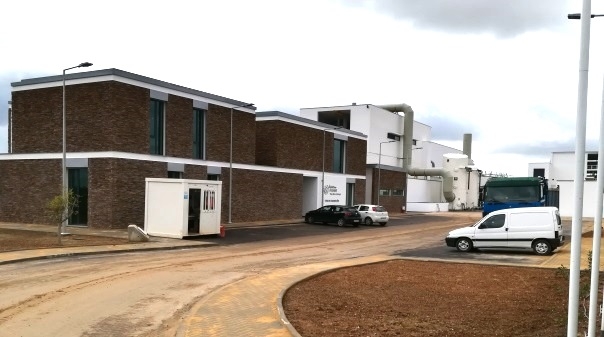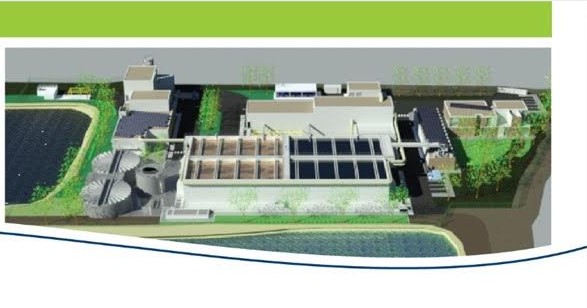 The spanking new Faro-Olhão Waste Water Treatment Plant has been completed and currently is being tested by Águas do Algarve engineers before commissioning in November.
The spanking new Faro-Olhão Waste Water Treatment Plant has been completed and currently is being tested by Águas do Algarve engineers before commissioning in November.
Prior to the construction of this new facility, sewage from Faro’s citizens has been treated at the Faro Nascente plant. A significant proportion of the wastewater produced in Olhão has been treated at the Olhão Poente waste plant - along with some direct discharge into the Ria Formosa.
Águas do Algarve admitted that, "these treatment infrastructures were undersized and were based on a lagoon system, which proved to be inadequate for the quality levels now required, in addition to the very strong odour at certain times of the year, affecting hotels and nearby houses."
The new Faro-Olhão treatment plant is the result of an investment by Águas do Algarve, which involves not only the construction of the Faro-Olhão treatment plant WWTP but also a Olhão-Faro Elevation System. Seven wastewater pumping stations in the Faro and Olhão municipalities have been rehabilitated and will be feeding the new facility.
The total cost is around €21 million, with funding under the EU’s Sustainability and Efficiency in the Use of Resources (POSEUR) scheme.
The new Spanish designed sewage plant can treat the effluent of about 113,000 people.
To the joy of locals and unwitting tourists alike, the sewage lagoons at Faro Nascente and Olhão Poente no longer will be needed. These have been the primary source of the famous stink that has the power to interrupt sleep and can cause retching among the untrained.
The smell will not totally be eradicated in Olhão, however, as raw sewage still flows from under the city directly into the Ria Formosa, day in, day out, despite this being totally illegal.
Technology
The technology used in the new sewage treatment plant includes an advanced biological treatment process that filters and disinfects at a flow rate of 28,149m³ per day, with a peak of 3,942 m³ per hour.
The Nereda® technology is an innovative method of treating wastewater to reduce in the plant’s carbon footprint by 50% and to achieve a saving of between 20% and 30% in the energy consumed in the water treatment process.
The plant also has solar panels that, with an installed capacity of 50 kW, will produce energy for use by auxiliary services.

The new Faro-Olhão Waste Water Treatment Plant























